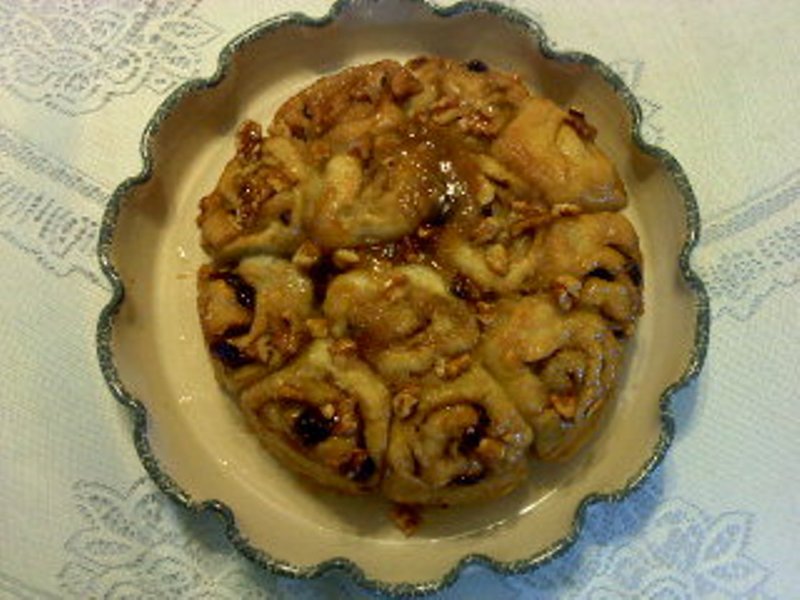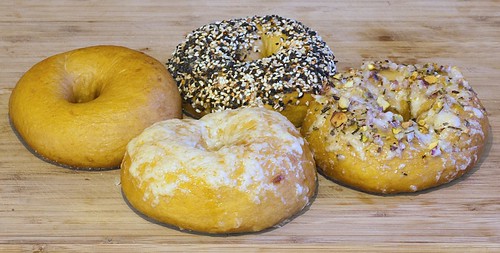Vinschgauer Bread - Unique Alpine Flavor
On a trip to South Tyrol (a border area between Austria and Italy) as a student, I first tasted a sample of the spicy rye breads typical for the region. Hiking up the mountains to a "Huette" (a small rustic inn) we were served Vinschgauer Paarlen with homemade butter and smoked ham (Suedtiroler Speck). The flat bread was quite spicy. I didn't know what herb was in it, but it smelled and tasted wonderful.
- Log in or register to post comments
- 27 comments
- View post
- hanseata's Blog




